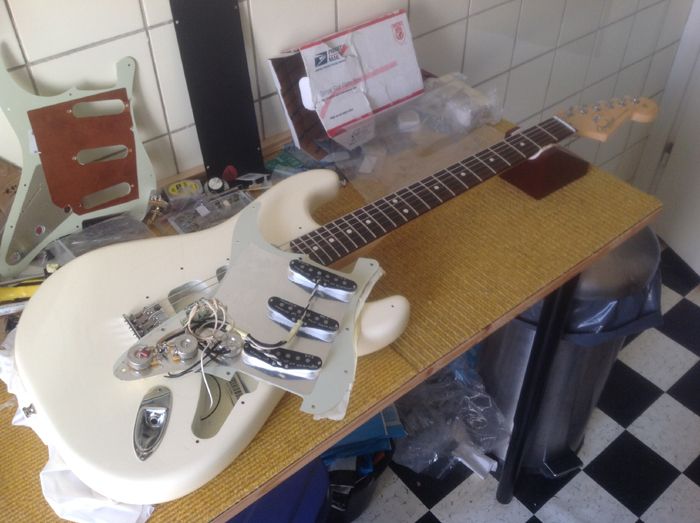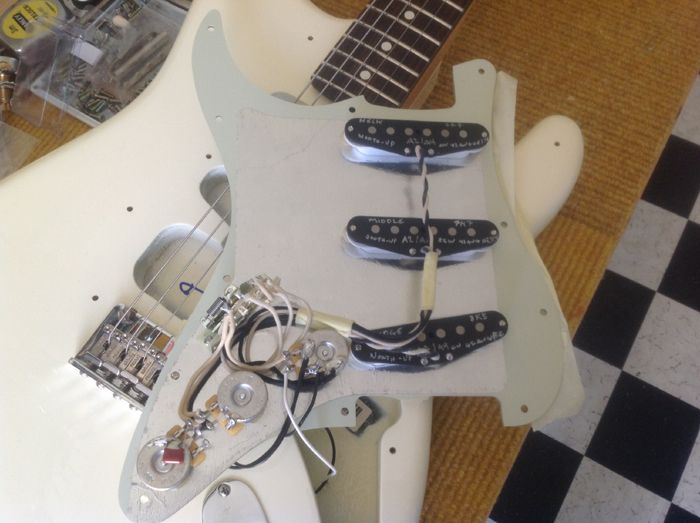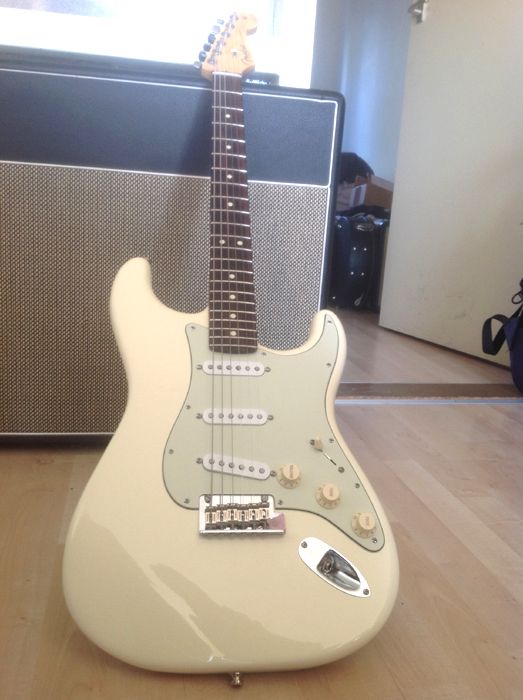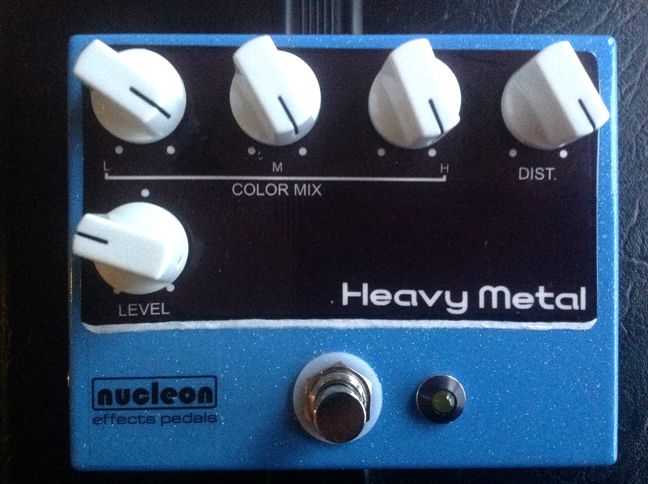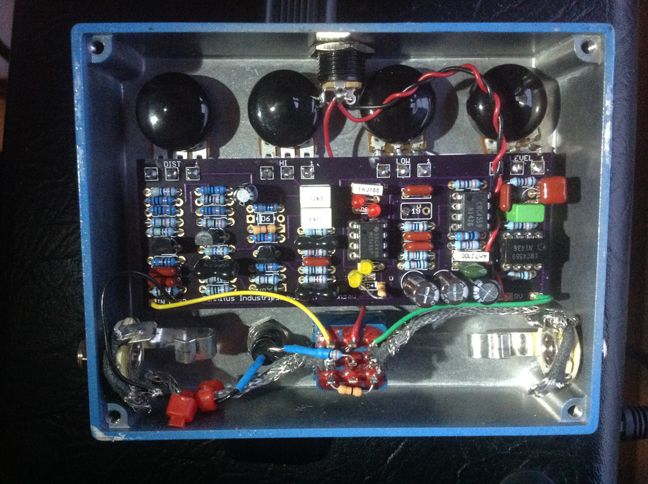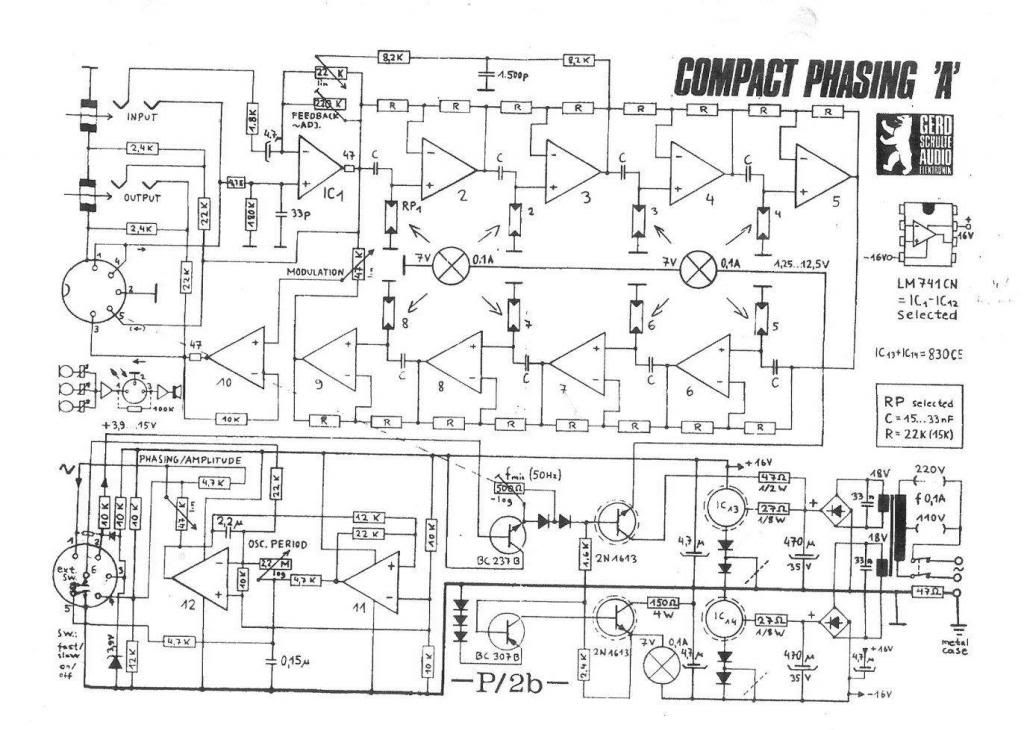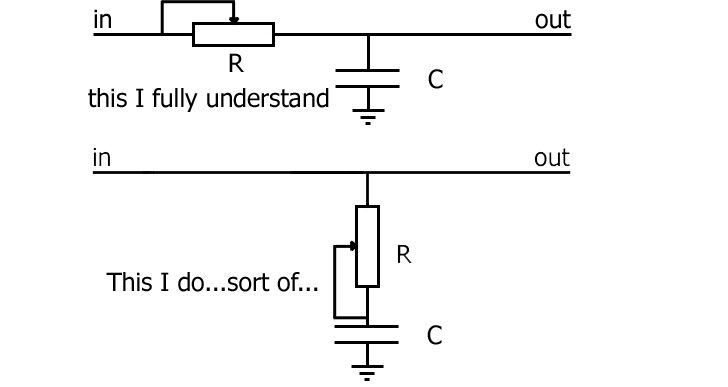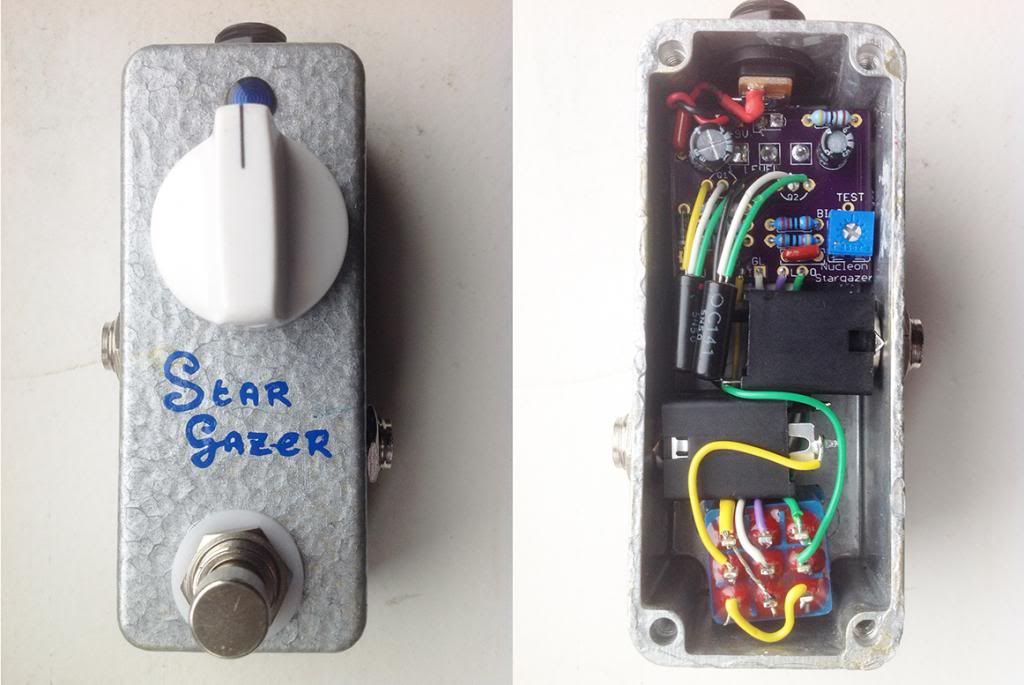Here's a finished Liquid Eternity chorus, based on the Arion SCH-1. Differences are minute: I kept it mono and added a rate led. The sound is 100% identical to the original. I designed this pcb a while ago, but never got to populating it until a few weeks back. It's the second iteration of the pcb, first one had a wrong connection. I'm thinking of a final revision that moves the pots downwards a bit on the pcb to balance it a bit better. The moment of intertia on the lower side is a bit high, which causes the pcb to tilt. I think it will be fine, but it puts stress on the solder joints of the pots. Pictures:
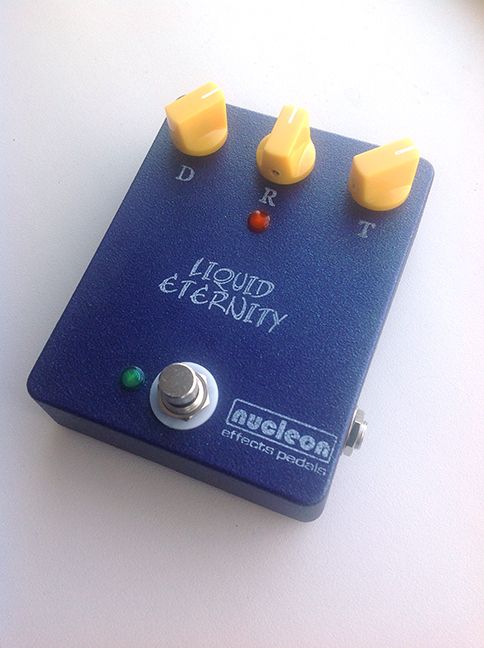
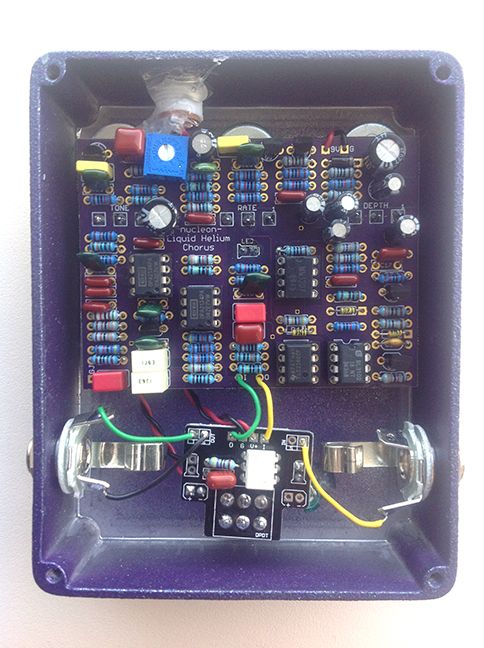
As you can see, I originally called it the Liquid Helium. Wasn't too fond of the name. When Ayreon's The Source came out two months back, it renamed it the Liquid Eternity in it's honor. I'm not going to go into details, but it has to do with the storyline of the album. Best album of the year, I don't expect anything to top it (at least in the metal world) this year. Allow me to plug it here:
If anyone's interested: there's one more pcb before I have to order more. Shoot me a pm.


As you can see, I originally called it the Liquid Helium. Wasn't too fond of the name. When Ayreon's The Source came out two months back, it renamed it the Liquid Eternity in it's honor. I'm not going to go into details, but it has to do with the storyline of the album. Best album of the year, I don't expect anything to top it (at least in the metal world) this year. Allow me to plug it here:
If anyone's interested: there's one more pcb before I have to order more. Shoot me a pm.





